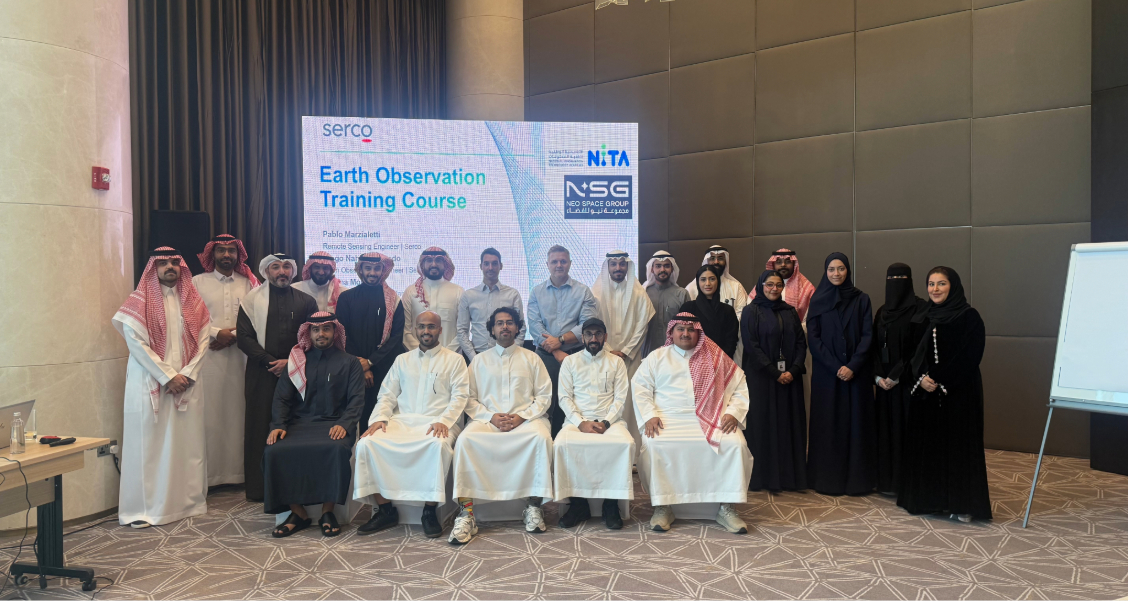Reaction Engines' SABRE precooler passes first high-temperature testing

Precooler technology will enable a wide variety of high-speed flight and advanced propulsion systems.
Reaction Engines’ precooler heat exchanger successfully achieved all test objectives in the first phase of high-temperature testing designed to directly replicate supersonic flight conditions and future tests are planned at even higher temperatures.
The precooler is a key element of Reaction Engines’ revolutionary SABRE engine and is a potential enabling technology for advanced propulsion systems and other commercial applications.
The ground-based tests saw Reaction Engines’ unique precooler successfully quench the 420°C (~788°F) intake airflow in less than 1/20th of a second. The intake temperature replicates thermal conditions corresponding to Mach 3.3 flight, or over three times the speed of sound. Mach 3.3 matches the speed record of the SR-71 Blackbird aircraft, the world’s fastest jet-engine powered aircraft produced to date and is over 50% faster than the cruising speed of Concorde.

In the recent tests, the compact precooler achieved all test objectives and achieved 1.5 MW of heat transfer, the equivalent to the energy demand of 1,000 homes; successfully cooling incoming air from a temperature at which hot steel starts to glow. The tests are the first phase in an extensive test programme which will see the precooler test article (HTX) exposed to high-temperature airflow conditions in excess of the 1,000°C (~1800°F) expected during Mach 5 hypersonic flight.
The significant testing milestone occurred at Reaction Engines’ recently commissioned TF2 test facility located at the Colorado Air and Space Port, US. The TF2 test facility has been constructed by Reaction Engines to undertake ground based ‘hot’ testing of its precooler technology. The technology has already passed an extensive range of tests in the UK where its performance was fully validated at ambient air temperatures.
Commenting, Mark Thomas, Chief Executive, Reaction Engines, said: “This is a hugely significant milestone which has seen Reaction Engines’ proprietary precooler technology achieve unparalleled heat transfer performance. The HTX test article met all test objectives and the successful initial tests highlight how our precooler delivers world-leading heat transfer capabilities at low weight and compact size. This provides an important validation of our heat exchanger and thermal management technology portfolio which has application across emerging areas such as very high-speed flight, hybrid electric aviation and integrated vehicle thermal management.”

To replicate the conditions the precooler will experience at hypersonic speeds, the TF2 test facility uses a General Electric J79 turbojet engine formerly used in a McDonnell Douglas F-4 Phantom aircraft to provide high-temperature airflow. Engineers at Reaction Engines’ Culham headquarters constructed the HTX precooler test article and after initial testing it was shipped to Colorado at the end of 2018, and ‘hot’ tests commenced in early March 2019.
In addition to the hot precooler tests being conducted in the US, Reaction Engines is in the final stage of constructing its TF1 test facility at Westcott, Buckinghamshire, UK, where it will undertake ground-based testing of a SABRE engine core. Over the last four years Reaction Engines has raised over £100m from public and private sources and has secured investment from BAE Systems, Rolls-Royce and Boeing HorizonX.












